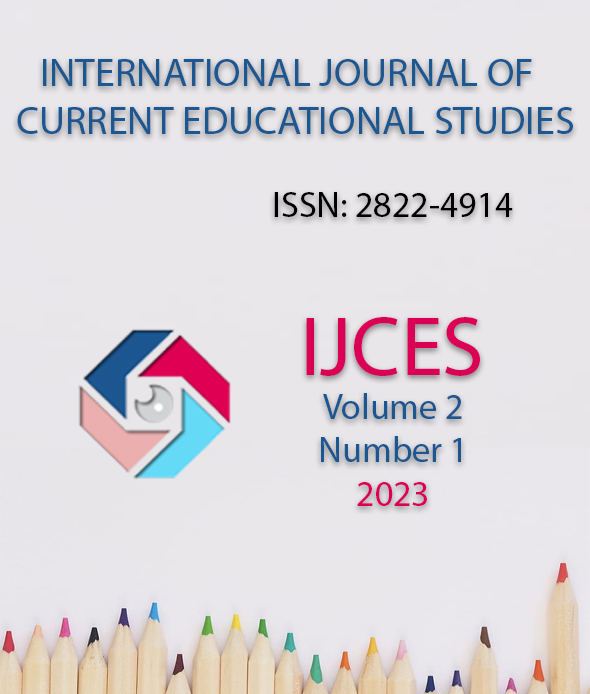A Systematic Review of 21st-Century Chemistry Laboratory Experiments and Classroom Instructions Facilitated/Aided With Digital Technologies and E-Resources
DOI:
https://doi.org/10.46328/ijces.49Keywords:
Chemistry, Instruction, Technology, 21st century, Experiment, ClassroomAbstract
The study is a systematic review that looked at several technological tools used by academics to support 21st-century chemistry classroom instruction and lab experiments. Different databases, search engines, journals, and libraries were searched to obtain the most recent and relevant studies conducted from 2012 to 2022. The result reveals that the VR2E2C system, Authentic Intelligent Robotics for Chemistry (AIR-Chem), and LEGO-based automation device were the robotics tools used by researchers to facilitate classroom instruction of chemical concepts, including inorganic and general chemistry. It also reveals that the type of web resource that is integrated with an LMS, such as Google Classroom, Edmodo, Mooc, Moodle, and others, is the one that is utilized most frequently. Furthermore, the findings reveal that the virtual laboratories used for facilitating chemistry instruction include the Virtual Reality Multisensory Classroom (VRMC), Blackboard Learning System (BLS), PhET interactive simulation, ChemVLab+, and Interactive Molecular Dynamics in Virtual Reality (iMD-VR). Other findings reveal that computer and mobile device software applications used by researchers include Elements 4D, MoleculAR, iMolview Lite, MATLAB, Courseware, and CHEMTrans. The study concluded that technological advancement in the twenty-first century revolutionized chemistry instruction, making it more realistic than abstract.
Downloads
Downloads
Published
Issue
Section
License
Copyright (c) 2023 Hassan Aliyu, Corrienna Abdul Talib

This work is licensed under a Creative Commons Attribution-NonCommercial 4.0 International License.
Effective November 01, 2025, all newly published articles in the International Journal of Current Educational Studies (IJCES) are licensed under the Creative Commons Attribution 4.0 International License (CC BY 4.0).
Articles published before this date remain under the Creative Commons Attribution-NonCommercial 4.0 International License (CC BY-NC 4.0).


